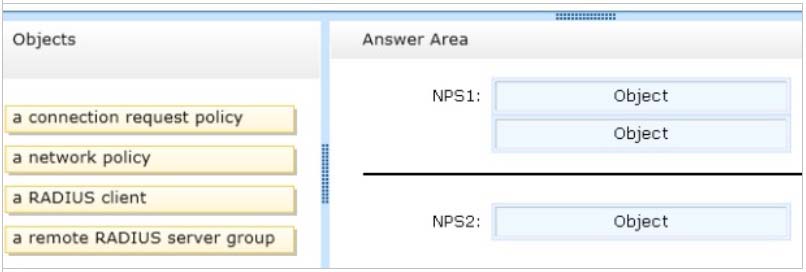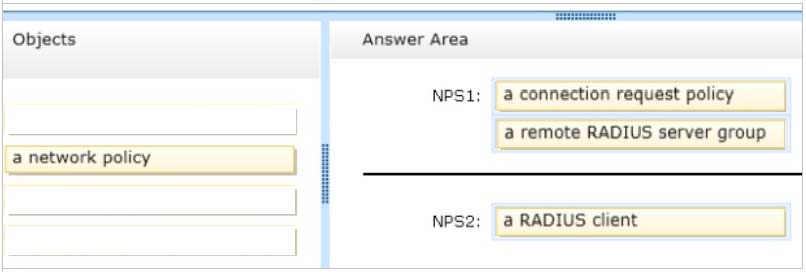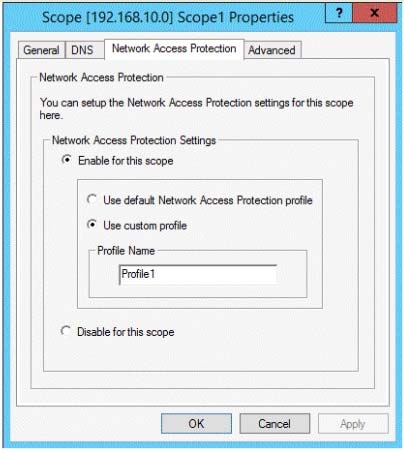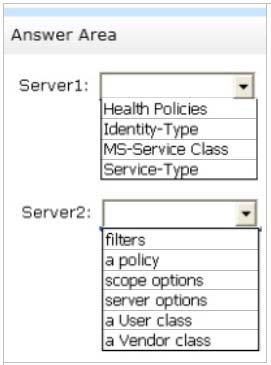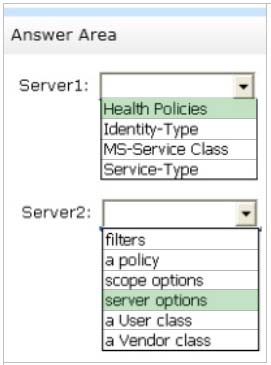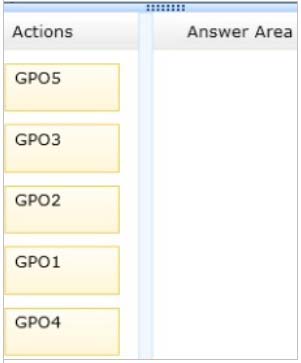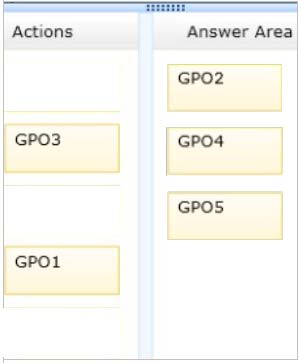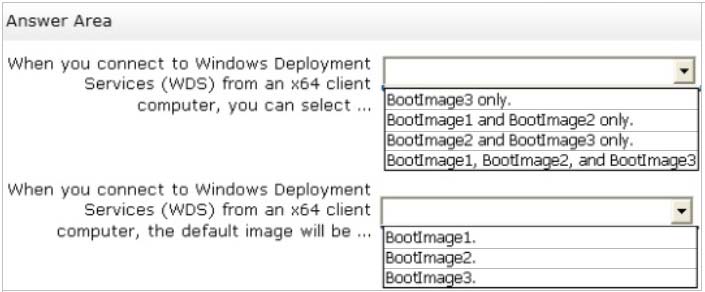A
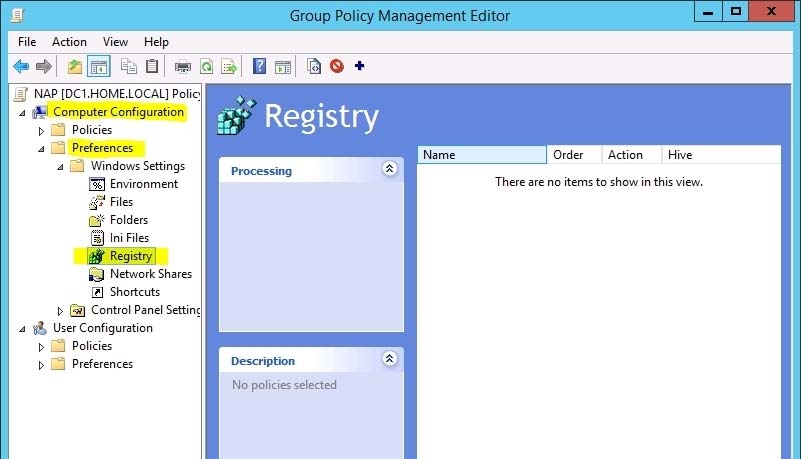
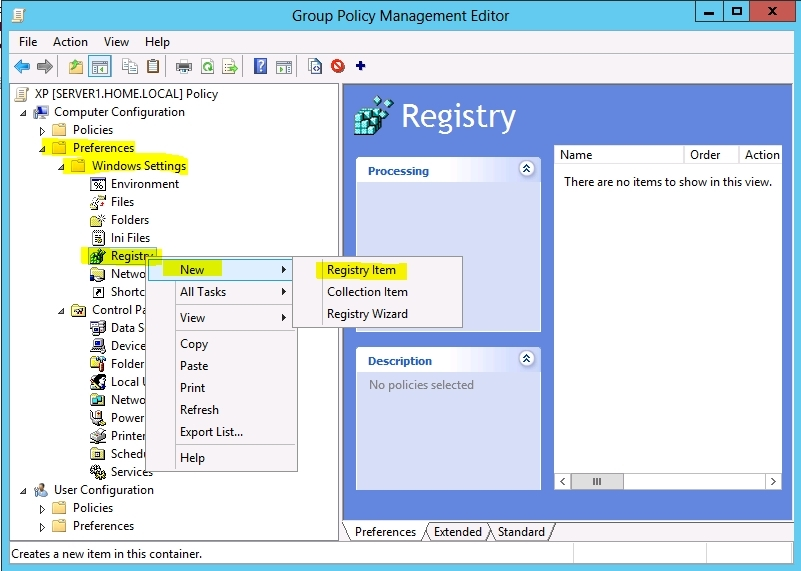
To copy a Group Policy object:
In the GPMC console tree, right-click the GPO that you want to copy, and then click Copy.
To create a copy of the GPO in the same domain as the source GPO, right-click Group Policy objects, click Paste, specify permissions for the new GPO in the
Copy GPO box, and then click OK.
For copy operations to another domain, you may need to specify a migration table.
The Migration Table Editor (MTE) is provided with Group Policy Management Console (GPMC) to facilitate the editing of migration tables. Migration tables are used for copying or importing Group Policy objects (GPOs) from one domain to another, in cases where the GPOs include domain-specific information that must be updated during copy or import.
Source WS2008R2: Backup the existing GPOs from the GPMC, you need to ensure that the "Group Policy Objects" container is selected for the "Backup Up All" option to be available.
Copy a Group Policy Object with the Group Policy Management Console (GPMC)
You can copy a Group Policy object (GPO) either by using the drag-and-drop method or right-click method.
Applies To: Windows 8, Windows Server 2008 R2, Windows Server 2012
References:
http://technet.microsoft.com/en-us/library/cc785343
(v=WS.10).aspx
http://technet.microsoft.com/en-us/library/cc733107.aspx
